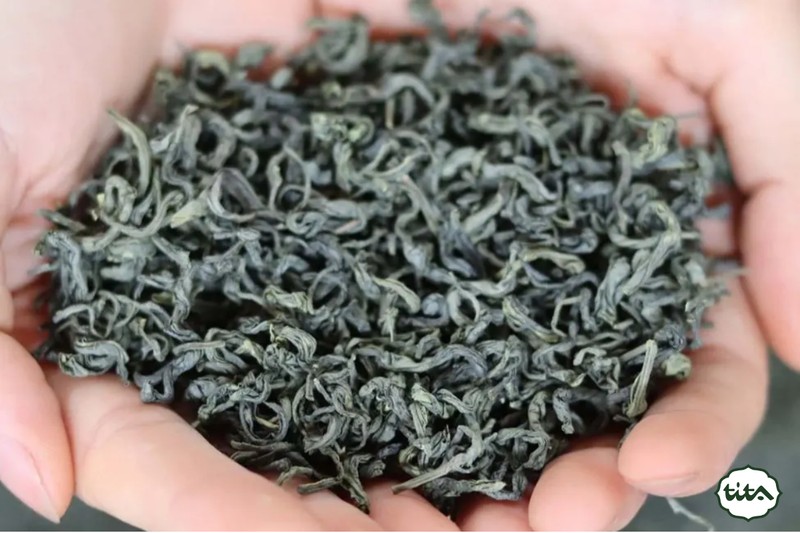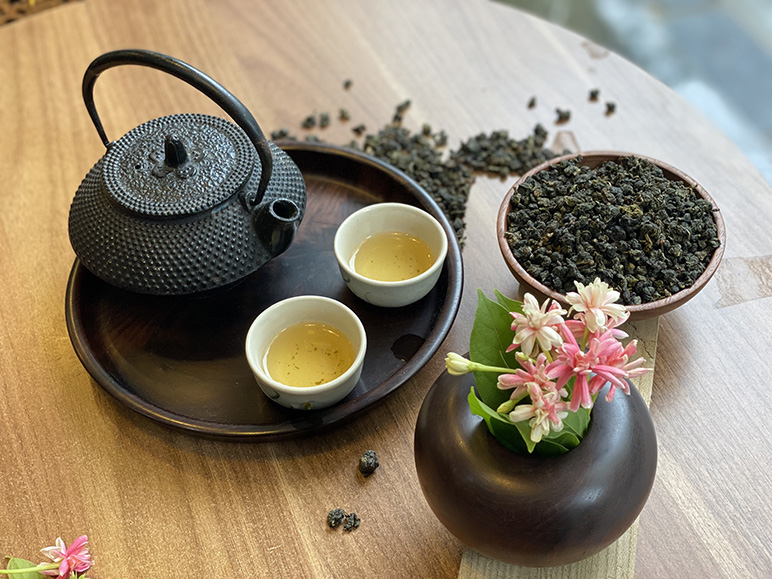Vietnamese black tea, or tra man, is a beloved beverage with a rich history and cultural significance. This unrefined tea,known for its robust flavor and numerous health benefits, has been a staple in Vietnamese households for centuries. Let’s delve deeper into the world of tra man, exploring its origins, production process, health benefits, and cultural significance.
Origins and Production
Tra man originated in China and was introduced to Vietnam centuries ago. The cool highland regions of Vietnam, with their fertile soil and favorable climate, proved to be ideal for tea cultivation. The production of tra man involves several steps:
- Harvesting: Fresh tea leaves are carefully plucked from the tea bushes.
- Withering: The leaves are spread out to wither and lose moisture.
- Oxidation: The withered leaves are exposed to air to initiate oxidation, which develops the tea’s flavor and color.
- Firing: The oxidation process is halted by heating the leaves in a pan or oven.
- Rolling: The leaves are rolled to break them up and release their aroma.
- Drying: The rolled leaves are dried to remove any remaining moisture.
Types of Vietnamese Black Tea
Vietnam produces a variety of black tea, each with its unique characteristics:
- Oolong tea: Partially oxidized, offering a complex flavor profile with hints of fruitiness and floral notes.
- Bud tea: Made from young tea buds, delivering a delicate and sweet flavor.
- Shan tuyết tea: Cultivated at high altitudes, known for its unique aroma and smooth taste.
Health Benefits
Tra man is packed with antioxidants, which help protect the body against damage from free radicals. Regular consumption of tra man has been linked to numerous health benefits, including:
- Improved heart health: Reduces blood pressure and lowers the risk of heart disease.
- Boosted immune system: Strengthens the immune system and protects against infections.
- Weight management: Boosts metabolism and helps with weight loss.
- Enhanced brain function: Improves cognitive function and reduces the risk of neurodegenerative diseases.
- Anti-aging properties: Protects the skin from damage and slows down the aging process.
Cultural Significance
Tra man holds a special place in Vietnamese culture. It is often enjoyed during family gatherings, tea ceremonies, and as a daily ritual. The act of brewing and drinking tea is seen as a form of meditation and mindfulness.
Tea Ceremony and Etiquette
The Vietnamese tea ceremony is a beautiful tradition that involves specific steps and etiquette. The ceremony typically includes:
- Choosing the right teapot: Traditional clay teapots are often used to brew tra man.
- Heating the teapot: The teapot is warmed with hot water before adding the tea leaves.
- Measuring the tea: The appropriate amount of tea leaves is added to the teapot.
- Steeping: The tea is steeped for a specific amount of time to extract the desired flavor.
- Pouring: The tea is poured into small cups and enjoyed slowly.
The Unique Flavor Profile of Tra Man
One of the defining characteristics of tra man is its distinct flavor profile. While it shares some similarities with other black teas, Vietnamese black tea often exhibits a unique combination of sweetness, earthiness, and a subtle floral note.This complexity of flavors is influenced by various factors, including the terroir, climate, and processing techniques.
- Terroir: The specific geographic conditions, such as soil composition, altitude, and climate, significantly impact the taste of the tea. For instance, tea grown in the highlands tends to have a brighter and more delicate flavor compared to those cultivated in lower-lying areas.
- Processing techniques: The way tea leaves are processed affects the final taste. Vietnamese tea producers often employ traditional methods that contribute to the tea’s unique character.
Tra Man in Modern Vietnamese Culture
While tra man holds a strong connection to traditional Vietnamese culture, it has also adapted to modern tastes and lifestyles. In recent years, there has been a growing interest in exploring new ways to enjoy this classic beverage.
- Tea-based beverages: Tra man has become a popular base for various drinks, such as milk tea, fruit tea, and tea lattes. These modern interpretations appeal to a younger demographic and offer a refreshing twist on the traditional tea experience.
- Tea and food pairings: Vietnamese cuisine offers a wealth of flavors, and pairing tra man with specific dishes can enhance the overall dining experience. For example, a smoky oolong tea can complement grilled meats, while a floral bud tea can pair well with seafood.
The Future of Tra Man
The future of tra man looks promising, with increasing global recognition and a growing domestic market. As consumers become more discerning about the quality and origin of their tea, there is an opportunity for Vietnamese tea producers to showcase the unique characteristics of tra man and position tra man as a premium product on the international stage.
To achieve this, the tea industry will need to invest in research and development, focus on sustainable farming practices,and promote tra man’s cultural heritage. By embracing innovation while preserving tradition, Vietnamese black tea can continue to thrive and captivate tea enthusiasts around the world.
Conclusion
Vietnamese black tea, with its rich history, diverse flavors, and numerous health benefits, is a true treasure. Whether you enjoy it as a daily ritual or as part of a special occasion, tra man offers a unique and rewarding experience. By understanding the production process, cultural significance, and health benefits of tra man, you can fully appreciate this timeless beverage.











